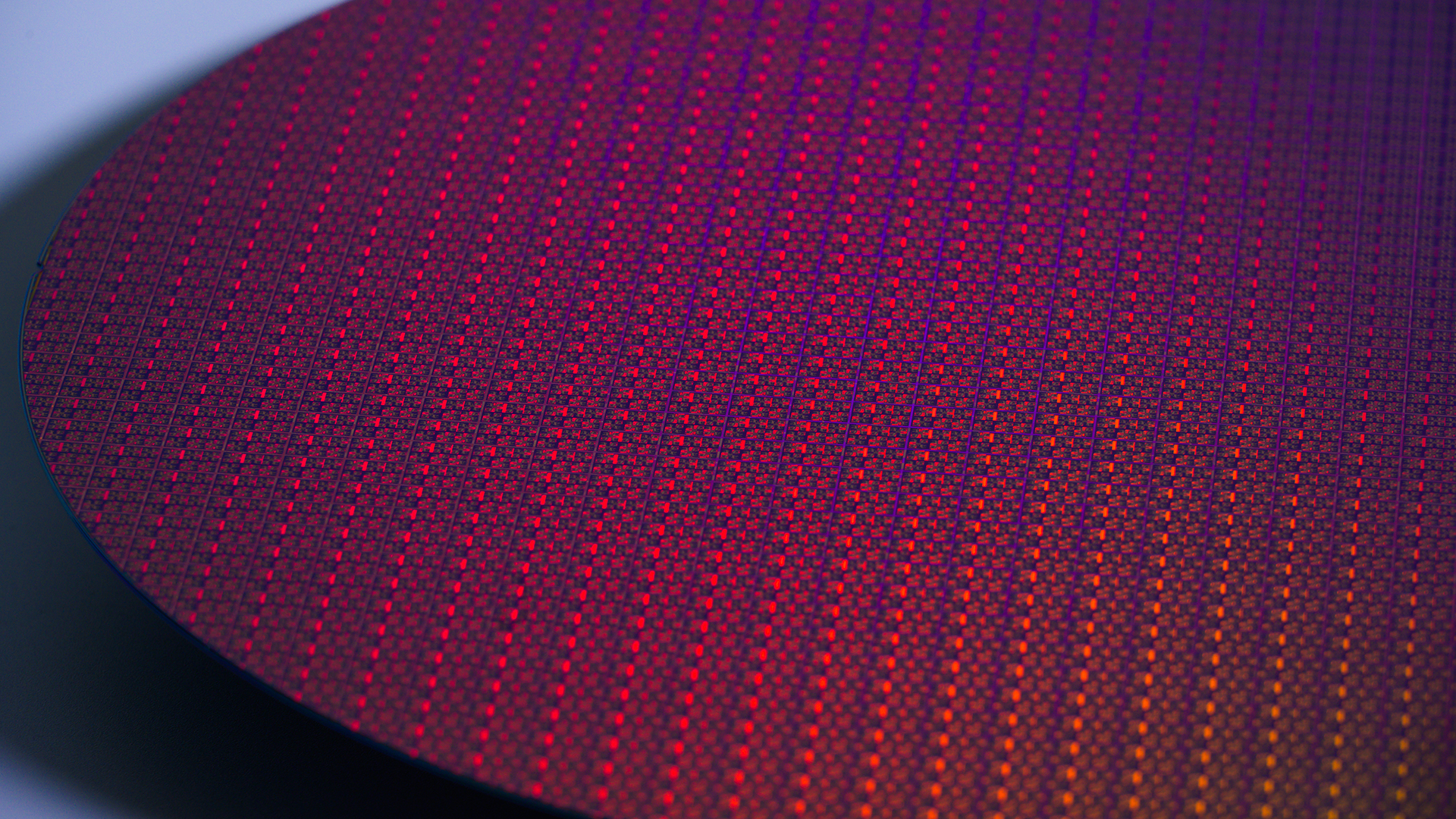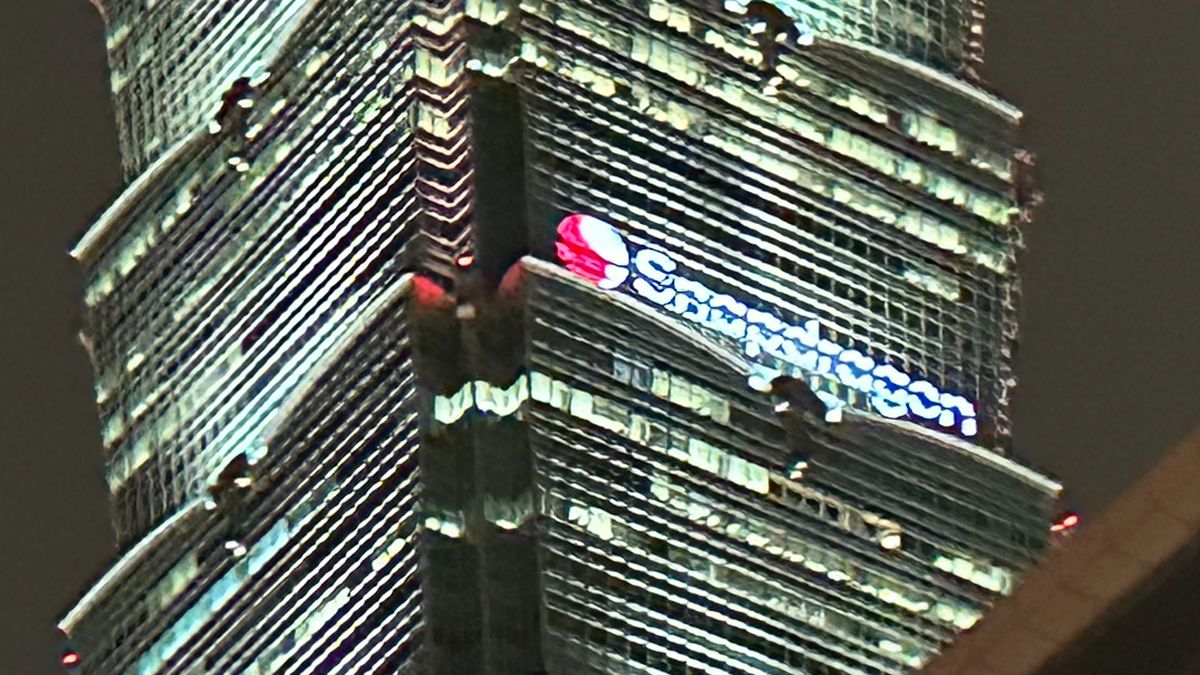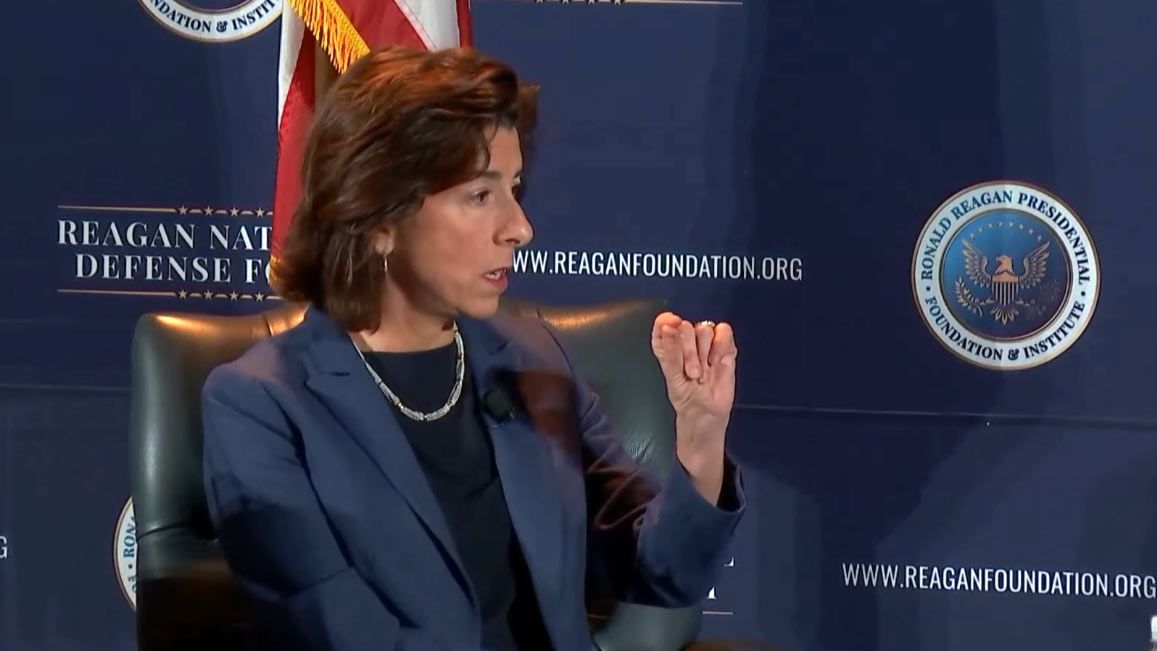It's lucky that all this drama is occuring at the time of Lunar Lake's release, which looks to be the first exciting Intel product in a long time IMO (hopefully independent reviews will prove it's as good as Intel claims). It counteracts (at least slightly) the narrative that Intel has nothing of value left; but it does seem to play into the hands of Intel Foundry being the weak side of the business... (in reality though, Intel's design side has been very weak in the last few years as well, and it is 100% responsible for its failure to penetrate AI as Gaudi/Nervana have only ever been manufactured at TSMC even for packaging afaik)
I've been reading the Semi Wiki forum a bit where Daniel Nenni claims that the problem is the PDK and vendors who evaluated 18A have nearly unanimously chosen TSMC's N2 (Daniel is the site's owner and very well informed, although he's been a bit of a TSMC fanboy for a long time, but I guess for logical reasons and history has proven him right - still, he does have a bit of a bias in my opinion):
https://semiwiki.com/forum/index.ph...oadcom-18a-tests-disappoint.20913/#post-73823
Looking through other Intel disclosures people mentioned on that forum, this Intel slide showing 18A at parity (and Intel 3 being behind on everything including wafer cost) with 14A now being the next miracle (just one more node... always one more node...) is not very promising about 18A being competitive, also see Pat's statements that the bulk of their wafers in 2025 are Intel 7 and Intel 10, with Intel 18A only being a small amount:
https://www.tomshardware.com/tech-i...a-based-cpus-will-ramp-to-high-volume-in-2026
And even much more worrying, the timeframes for significant 3rd party revenue for 18A foundry customers is further out than I thought according to their CFO with it being little in 2026 and "meaningful" in 2027 (which could mean not much at all in the grand scheme of things):
https://semiwiki.com/forum/index.ph...ee-meaningful-revenue-in-2027-cfo-says.20915/
Putting it all together, I am pretty sure Intel was betting on becoming competitive(-ish) with TSMC's wafer costs by achieving similar economies of scale for 1 or 2 megafabs. They simply do not have either the internal volume or fully committed 3rd party customers to achieve those economies of scale right now with their current internal & external wafer volume forecasts. That means that even *if* 18A is competitive in principle, which is far from certain (it looks likely to be better than N3P but
significantly worse than N2P in my opinion - which would be fine, *if* their time to market was what they were hoping for a few years ago), it is likely to be uncompetitive in practice in terms of the pricing they can offer to customers without bankrupting themselves.
---
I'm honestly not sure what I'd do in Pat's/the BoD's shoes. Fundamentally I don't think there is space in the industry for 3 foundries at the leading edge unless the revenue distribution was a lot more equal than it is today (which it realistically will never be unless TSMC screws up massively). You just can't be competitive with a 1.4nm-class process at 5% of TSMC's leading-edge wafer volumes (unless your process was massively better and had huge price power which Intel clearly does not have); it just doesn't work that way.
Splitting off the foundry business doesn't fix any of the foundry's issues whatsoever; any investor looking at the business plan for foundry right now would likely refuse to commit the 10s of billions required without some firmer commitments from 3rd party customers. You can't split off a business that would fail on its own; you can only shut it down, and needless to say that's an really hard position to justify both internally and geopolitically. So it feels to me like Intel is stuck.
The only 2 options that really solve Intel's problems in my opinion are:
1) Some kind of deal with Samsung, e.g. a Joint Venture merging their foundry business as a new independent company. Unlikely due to internal politics/pride on both sides and the amount of financing required, but not impossible in theory.
2) Splitting off the foundry as an independent company that is still majority owned by Intel (for now) but with large equity investments (and/or wafer purchase guarantees) from multiple interested customers, e.g. Broadcom/Qualcomm/MediaTek/Microsoft/etc.
3) Being very lucky with both TSMC and Samsung underdelivering at the same time as Intel actually delivers. Pat's religious tweets sometimes make me think that his entire strategy is literally just praying to God for this scenario to happen...
They all seem unlikely in the short-term. Intel's shares are in an interesting position right now with
huge upside potential but also the risk they will become effectively worthless and acquired for scraps. I'm not confident enough to say which way it will go yet.



